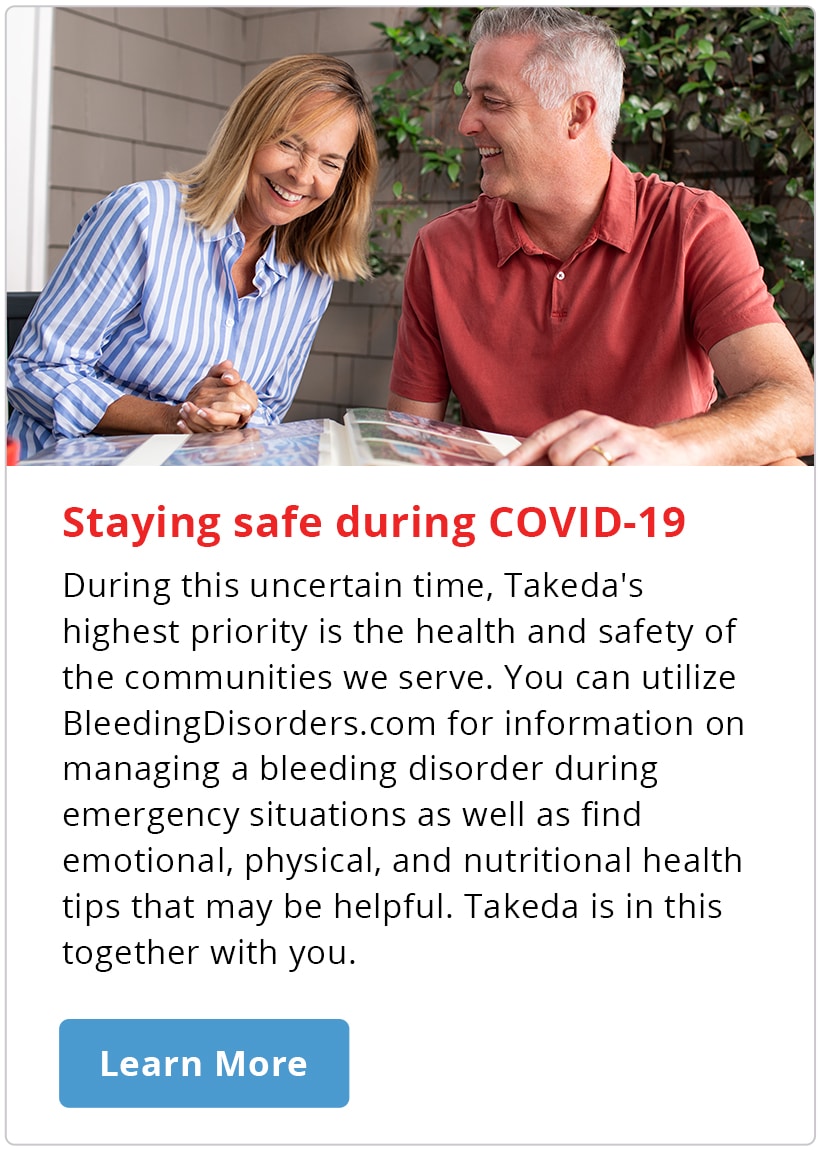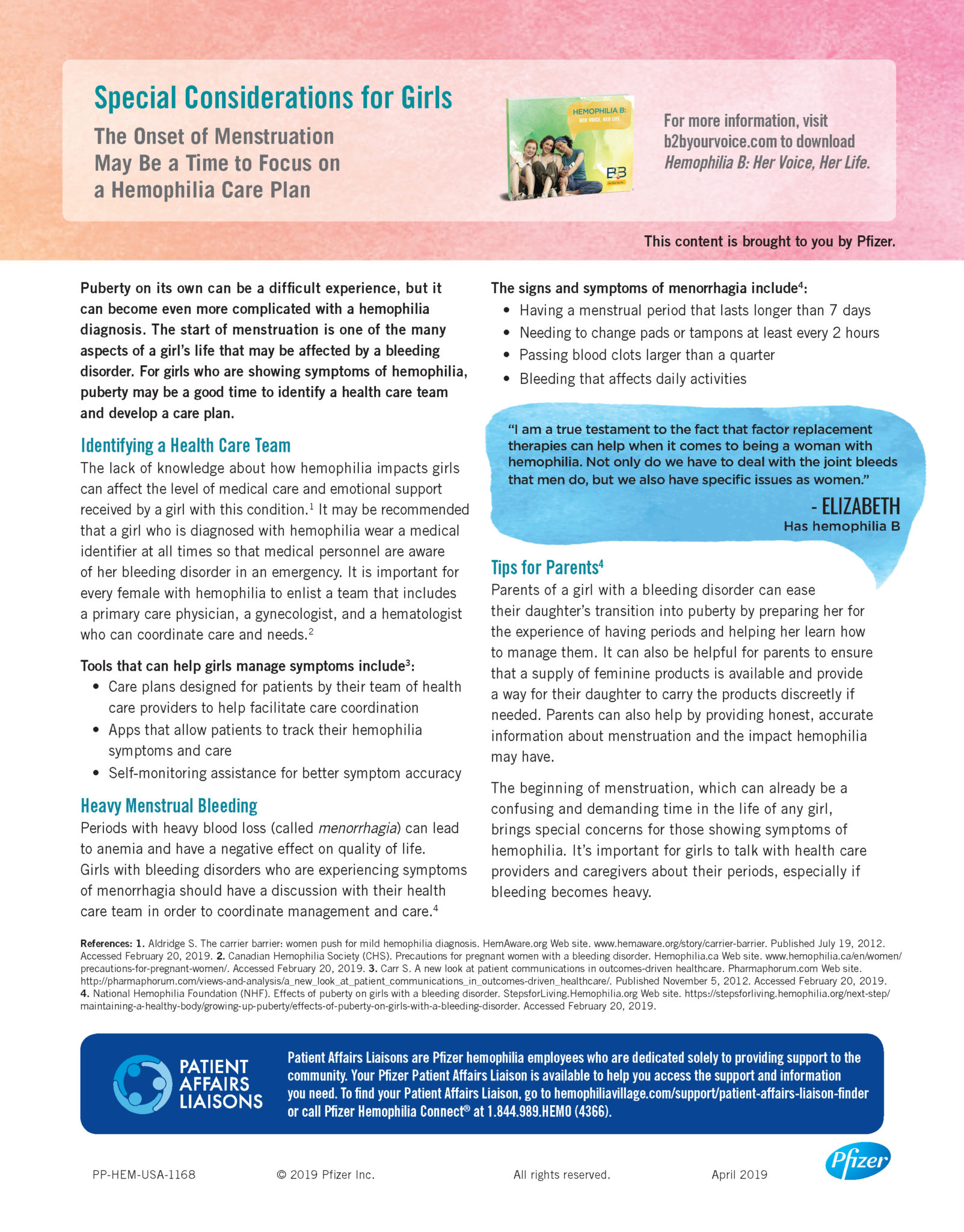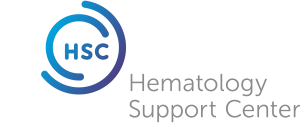Have you heard? BleedingDisorders.com is all new
 This is a paid public announcement from Takeda and does not constitute an endorsement of products or services. When you click on the links in this blog entry, you will be directed to a Takeda website. LA Kelley Communications always advises you to be a savvy consumer when contacting any company; do not reveal identifying information against your will.
This is a paid public announcement from Takeda and does not constitute an endorsement of products or services. When you click on the links in this blog entry, you will be directed to a Takeda website. LA Kelley Communications always advises you to be a savvy consumer when contacting any company; do not reveal identifying information against your will.
As part of Takeda’s continuous efforts to support the bleeding disorders community, BleedingDisorders.com has been fully updated. It is now your go-to destination for information, tools, and support for living with a bleeding disorder. Whether you’re a patient or caregiver, the new and improved website provides valuable information for everyone.
New content with a fresh look
BleedingDisorders.com now lives and breathes Takeda’s mission—to put patients at the center of everything they do. Part of the purpose of this redesign was to bring together a wealth of bleeding disorders information while making it easy to find. You can now explore disease education, disease management, important life milestones, and information on physical and emotional wellness. The best part is that there are resources for people with hemophilia A, hemophilia B, hemophilia with inhibitors, von Willebrand disease (VWD), and other factor deficiencies.
Something you haven’t seen before
When you take a deeper dive, you’ll find the Living Well section has brand-new lifestyle information, ranging from diet, exercise, and travel tips to emotional health and pain management advice. These resources aim to help you live an active and healthy lifestyle while managing your bleeding disorder. Search a little further, and you will also discover new doctor discussion guides for talking with your healthcare provider about hemophilia, inhibitors, or VWD.

We’re in this together
With the relaunch of the website, Takeda wants to help you engage with other people living with a bleeding disorder. The Get Involved page has a community events calendar, links to connect on social media, and a place to sign up for updates directly from Takeda. Explore the Bleeding Disorders Community on Facebook, Instagram, and YouTube to stay up-to-date on the latest news, communicate with others, and share your story. Whether you’re experiencing a new diagnosis, managing treatment for the first time, or advocating for accommodations in the workplace, your story can be insightful to someone else in the bleeding disorders community.
BleedingDisorders.com makes it easier than ever to stay informed and proactive in managing life with a bleeding disorder. Discover what the new website has to offer, and you’ll be one step closer to making today brilliant!

Copyright ©2020 Takeda Pharmaceutical Company Limited, 300 Shire Way, Lexington, MA 02421. 1-800-828-2088. All rights reserved. TAKEDA and the TAKEDA logo are trademarks or registered trademarks of Takeda Pharmaceutical Company Limited.
US-NON-0595v1.0 04/20





